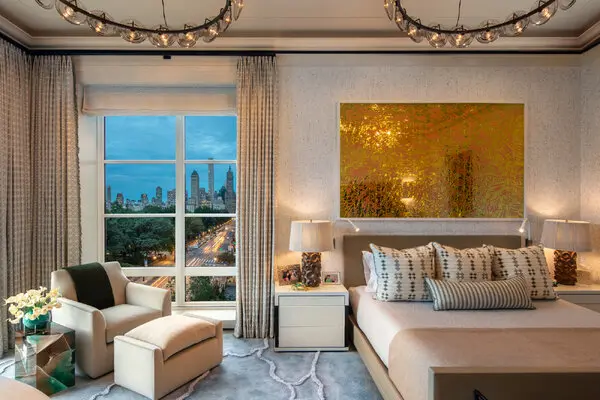In modern interior design, lighting is not just about functionality—it’s about creating mood, highlighting architecture, and expressing personal style. Two fixtures that play distinct but complementary roles in achieving this balance are wall lights and chandeliers. When thoughtfully combined, they can transform even the most ordinary room into a space full of depth, warmth, and sophistication.
Let’s explore how these two lighting types enhance each other and how to use them to maximum effect in your home.
The Grace of Chandeliers
Chandeliers are among the most eye-catching lighting options available. Traditionally used in grand dining rooms and entryways, today’s chandeliers range from opulent crystal designs to minimal, industrial-inspired forms. What makes them unique is their ability to fill a room with ambient light while also serving as a central decorative element.
Benefits of Chandeliers:
- Visual Impact: Acts as a room’s centerpiece.
- Ambient Lighting: Offers soft illumination ideal for living rooms, dining areas, or foyers.
- Wide Design Options: Fits all interior styles—modern, vintage, rustic, or contemporary.
Chandeliers are best placed in larger spaces with higher ceilings where their elegance can be fully appreciated.
The Subtle Beauty of Wall Lights
Wall lights, also known as sconces, are mounted on walls and offer either task lighting or ambient glow depending on their design and placement. They’re great for adding warmth to a space and can enhance or soften the mood created by overhead lighting like chandeliers.
Benefits of Wall Lights:
- Layered Lighting: Adds depth to a room’s overall lighting scheme.
- Space-Saving: Ideal for areas where floor or table lamps aren’t practical.
- Versatile Use: Perfect for accenting artwork, flanking mirrors, or brightening hallways.
Wall lights come in a variety of styles—from ornate antique brass sconces to sleek LED strips—making them adaptable to almost any room or purpose.
Why Combine Wall Lights and Chandeliers?
Using chandeliers and wall lights together creates a layered lighting design, which is key to a well-lit and visually balanced interior. Chandeliers provide general lighting and a sense of drama, while wall lights offer subtle highlights and mood control.
Top Reasons to Use Both:
- Balanced Illumination: Avoid harsh shadows and dark corners.
- Aesthetic Harmony: Complementing fixtures create visual unity across different levels.
- Function + Flair: Chandeliers cover ambient needs; wall lights enhance style and functionality.
Room-by-Room Ideas
- Dining Room:
Install a dramatic chandelier over the table, and use wall sconces to softly illuminate surrounding artwork or architectural features. - Living Room:
A large chandelier provides central lighting, while wall lights near reading chairs or behind a sofa add ambiance and depth. - Hallways & Entryways:
A chandelier sets the tone as a statement piece, with wall lights guiding the way and enhancing safety. - Bedroom:
Pair a soft-glow chandelier with wall lights on either side of the bed to create a cozy, layered atmosphere.
Design Tips for a Cohesive Look
- Coordinate Finishes: Use matching or complementary metals, glass types, or colors.
- Mind the Scale: Ensure the chandelier’s size suits the room and doesn’t overpower the wall lights.
- Adjust Lighting Levels: Install dimmers on both fixtures to control brightness and mood.
Final Thoughts
Wall lights and chandeliers are not competing elements—they are partners in creating elegant, functional, and dynamic spaces. Whether you’re designing a romantic bedroom, a luxurious living room, or a welcoming entryway, combining these two lighting styles can dramatically elevate your home.
Use chandeliers for statement and ambient lighting, and let wall lights enhance the atmosphere with accents and warmth. The result? A beautifully lit home that feels as good as it looks.



































